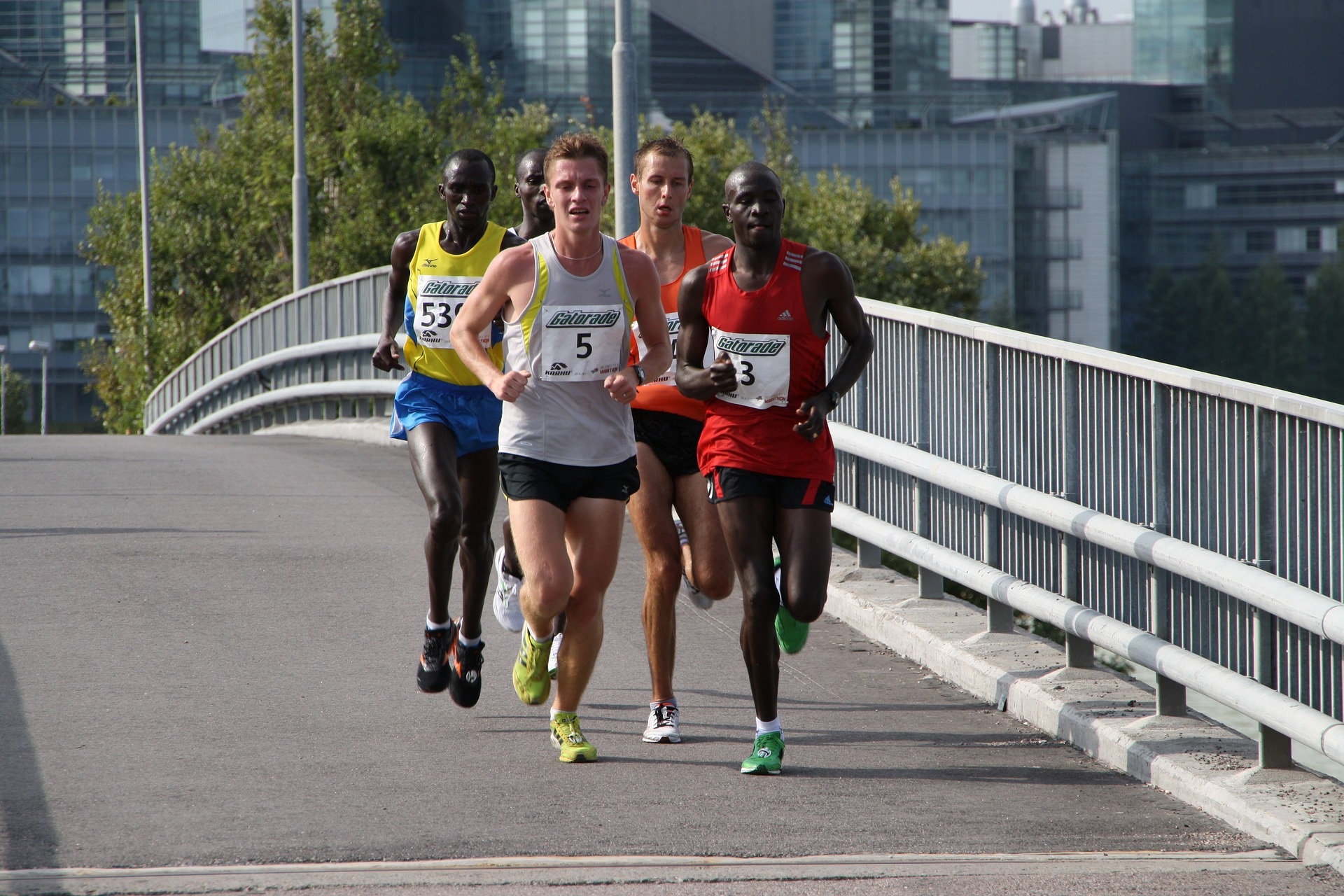
You can do a lot to prevent an injury – from strengthening to training correctly. Gait training, or how you land on your foot, is another way you can prevent injuries.
Our poor feet. They’re usually the last thing we think about at the end of the day, but they’re probably the most used and abused part of our bodies. From wearing unsupportive shoes like high heels and flip-flops to placing more stress and pressure on them from high-impact sports, your feet can literally be the unnoticed tell-tale sign of a future injury.
Focusing on your walk and run by looking at how your foot hits the ground could indicate injury risk. By looking at how you walk, run, and use your feet during motion, a physical therapist can see if you’re headed to an injury or the cause of a current injury. And, like many other injury rehabilitation programs, it’s all preventing the injury from happening again. It’s called gait training and it’s all about how your foot hits the ground when you move.
Injuries Caused By An Improper Gait
Most people think the only people who have walking problems are those that have been injured, are sick, or are elderly. Yet, you may have an improper gait and might not even know it. This doesn’t necessarily mean you have a walking problem or an abnormal gait. Rather, it could mean that how your foot is hitting the ground or what your legs are doing when walking or running is putting more stress on your body than necessary.
An improper gait can range anywhere from bad upper body posture to the impact of your foot. Any abnormality could lead to pain and injury.
- Hip Placement: If you tend to sink one hip down while standing or swing your hips while walking, you could end up with hip bursitis or back pain.
- Upper Body Placement: Leaning too far forward can prevent your foot from finishing the gait, which could put more stress on your knees. Moreover, it increases your risk of tripping and falling. Usually, someone who leans too far forward may also suffer from shoulder and back pain as they’re not using their core to support their upper body muscles.
- Foot Placement: Walking with your feet slightly turned out puts your knees at an award alignment, twisting them unnaturally. This leads to pain and overuse injuries. It could also lead to pain in the hips and lower back.
Some of the problems that are associated with the gait are not always solved by simply looking at your feet. For example, if your problem is associated with improper upper body posture, then your treatment may be focused on strengthening your core. The hips may fall under strengthening as well as looking at how the foot is impacting the ground. Your gait is not just how your foot hits the ground, but how your entire body reacts to movement while walking or running.
Handpicked Content: What are Stabilizing Muscles? What is Functional Strength Training? What are Shin Splints?
What Is Gait Training?
Simply put, gait training is improving your ability to stand and walk. Many people may benefit from gait training. Those who have suffered from illnesses or injuries that have affected their walking will benefit from this type of physical therapy. However, athletes can also benefit from gait training if they’ve suffered from pain or an overuse injury associated with their gait.
Gait training focuses on your mobility and range of motion as well as strengthening your muscles and joints. It works to improve your balance and posture and build your endurance. It also retrains your muscle memory so that your muscles work in your favor. If you’re training your gait because of an injury or illness, you may be retraining your legs for walking and running. It also works to lower your risk of falls.
The focus of your gait training will look different depending on why you need it. Many athletes who are looking to prevent injuries or treat ongoing pain may have their gait examined for inefficiencies and improper foot landing.
Gait Retraining For Athletes
If you’re an athlete or a runner, gait retraining could be an effective way of preventing injuries and pain as well as increasing performance. Your running gait includes foot strike pattern as well as cadence and posture. Any abnormality or improper positioning during the gait cycle could result in more pressure on the lower body, leading to pain and injury.
The gait cycle includes when and how the foot hits the ground, the rolling of the foot through the toes and back off the ground, and the time between each foot strike (aka, the cadence).
Runners, in particular, benefit from gait training to increase performance and decrease the risk of lower body injuries. According to one study, researchers found that by retraining a runner’s gait to decrease vertical force impact (aka how the foot hits the ground), also decreased the pressure on the tibia by almost 50%. This could significantly reduce the risk of tibial stress fractures as well as knee and hip pain.
When retraining your gait for athletic performance or sports injury prevention, a physical therapist will take an in-depth look at how you run. They’ll consider biomechanical components, such as your individual strengths and weaknesses as well as your foot strike pattern and cadence. They’ll want to know your injury and pain history, especially if you have any recurring injuries or pain. After evaluating your gait, they’ll make recommendations on how to improve it.
Related Content
Does Your Running Stride Matter?
How Important Are Your Feet Anyways?


